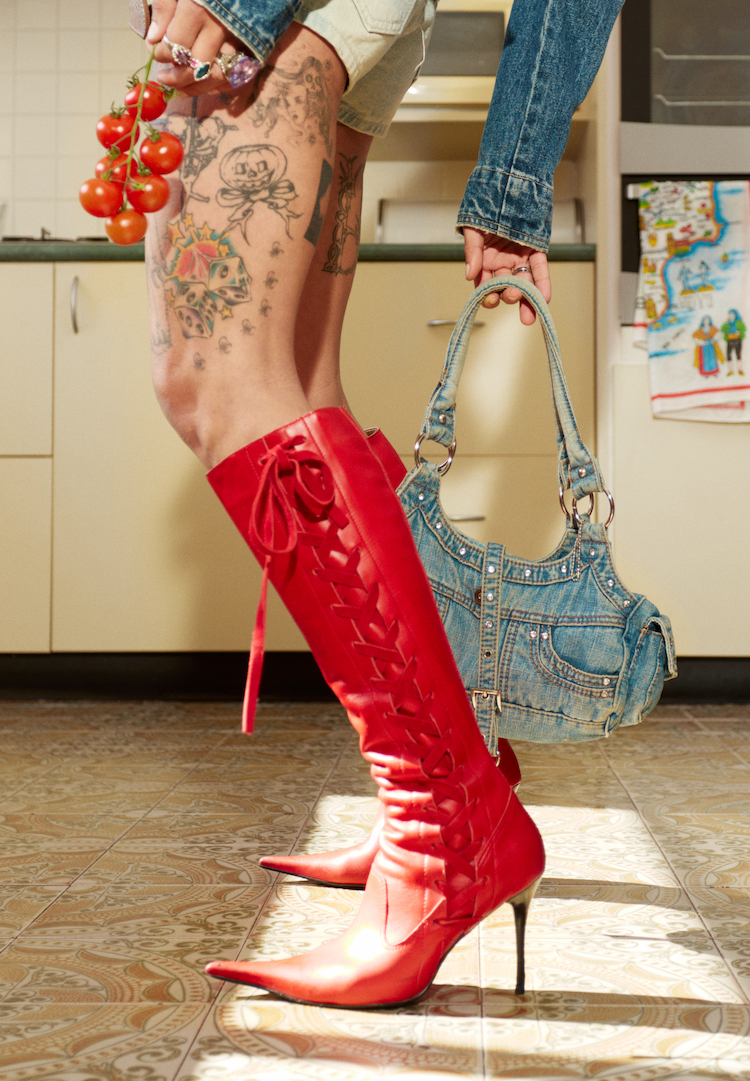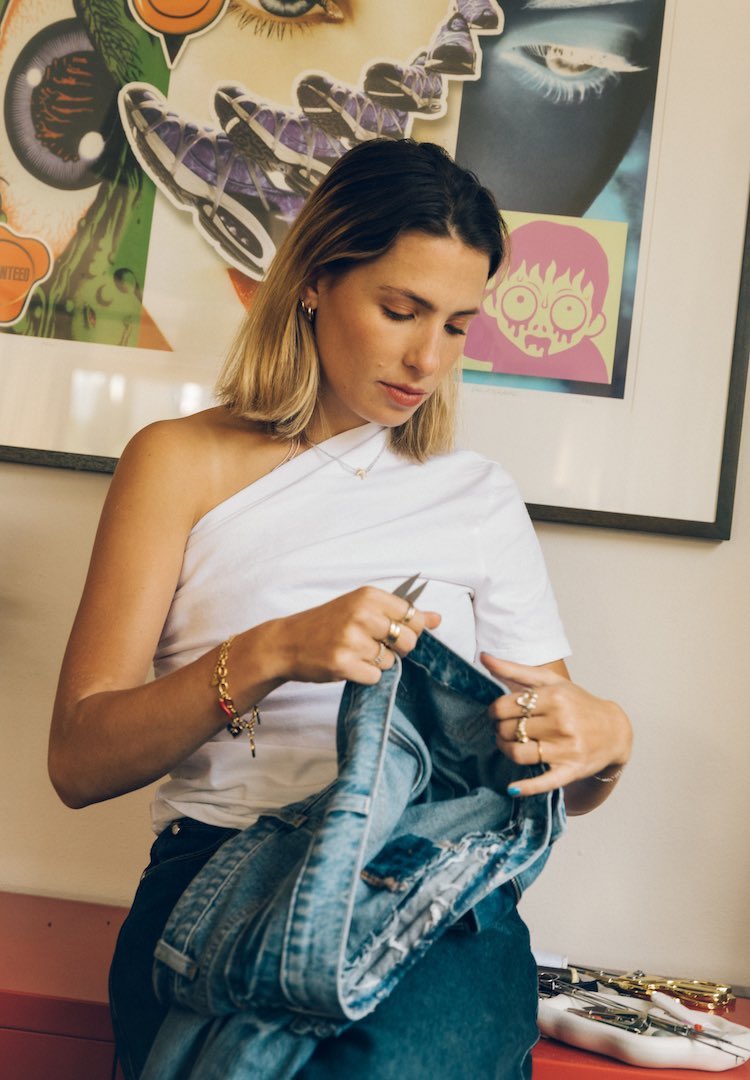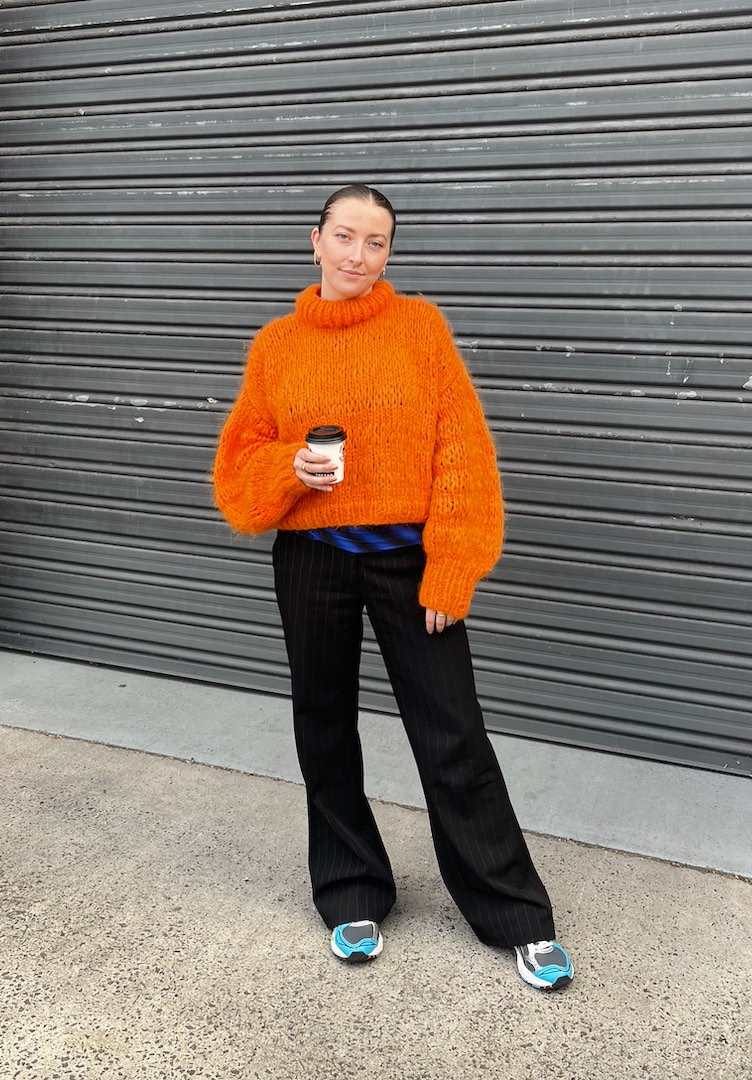5 ways to make your wardrobe more sustainable in 2024
PHOTOGRAPHY BY NATASHA KILLEEN
WORDS BY ELLA TAVERNER
It’s time to set your sartorial intentions.
It’s no secret that the past few years have seen a noticeable shift in our collective appetite as consumers. With the rise of supply chain transparency and slow fashion, style is no longer solely about aesthetics. It’s about more than just our clothes looking good – how and where they were made is equally as important.
Looking for more fashion news and features? Head to our Fashion section.
As we usher in the new year, instead of adopting a fleeting New Year’s resolution, why not embrace a commitment that can guide you into a more sustainable future? In 2024, we’re focusing on making conscious and sustainable shopping choices. Below, we’ve outlined just some of the steps you can take to this your most sustainable year yet.
Prioritise sustainable fabrics
It might seem obvious, but prioritising clothing made from sustainable materials extends beyond the realm of just practicality. Opting for clothing made from organic cotton (anything GOTS certified is a big yes), hemp and Tencel can ultimately minimise our collective carbon footprint. Organic fibres like these are often grown without synthetic pesticides and typically require less water than traditional farming.
Unlike their synthetic counterparts, natural fibres are breathable by nature, making them perfectly transeasonal – they keep us cool in summer and warm in winter. The skin is the largest organ in the body, and what we dress ourselves in can make a huge difference in how we feel.
Embrace secondhand fashion
One of the most impactful ways to make your wardrobe more sustainable is to explore the world of secondhand fashion. From vintage markets to Depop, Facebook Marketplace and Vestiaire Collective, we’re spoilt for choice when it comes to the world of secondhand shopping. Thrifting and vintage shopping not only means you’re typically purchasing a unique piece to add to your collection, but also reducing the demand for new clothing production.
It’s also no secret that rural and coastal towns often play host to some of the best secondhand gems. On a recent trip to Daylesford (in a very chic and sustainable hybrid Toyota Corolla, might I add), I came across some ’90s Prada slingbacks for $30 – who said buying designer had to be expensive? Another great alternative to buying new clothes is clothing swaps, which help to give pre-loved garments a new life. Naarm-based project Trashie Exchange hosts a series of swaps throughout the year, so it’s worth keeping an eye on their Instagram here.
Prioritise quality over quantity
In the fast-paced world of fashion and social media, it’s easy to get caught up in microtrends and impulse purchases. In 2024, consider adopting a mindset that values quality over quantity. Invest in timeless, durable pieces that are made to last, reducing the need for constant replacements.
Consider taking notes from the internet’s favourite ‘capsule wardrobe’ trend to find staples and basics that will see you through seasons to come. Do your research on the local labels in your area that are prioritising slow manufacturing processes and utilising high-quality natural fibres to help build the foundation of your wardrobe.
Practise mindful laundering
I don’t mean to sound like a nagging parent here, but the way we care for our clothes significantly impacts their lifespan. In 2024, adopt mindful washing habits to keep your wardrobe sustainable. Wash your clothes in cold water, air-dry when possible and avoid excessive ironing or dry cleaning. Proper care not only reduces your environmental footprint but also helps preserve the colour and texture of your garments.
I’m definitely guilty of overwashing my clothes. I wear them once, throw them in the laundry basket and chuck them in the machine. Conscious washing, which is defined as washing less or hand-washing, doesn’t necessarily increase your stink levels – particularly if you’re wearing breathable, natural fibres.
Learn basic clothing repairs
There’s nothing like a little upskilling in life. This year, take the initiative to learn basic clothing repairs. Sewing on a missing button, patching up small holes or fixing a loose hem can significantly extend the life of your clothing. This not only reduces waste but also adds a personal touch to your wardrobe (DIY coquettecore, anyone?). Attend workshops or watch online tutorials to enhance your clothing repair skills and make your wardrobe more sustainable.
By incorporating these practices into your shopping behaviours, you can contribute to a more sustainable and eco-friendly wardrobe in 2024. Remember, small changes can make a big difference in the overall environmental impact of the fashion industry.
For more sustainable shopping tips, head here.













